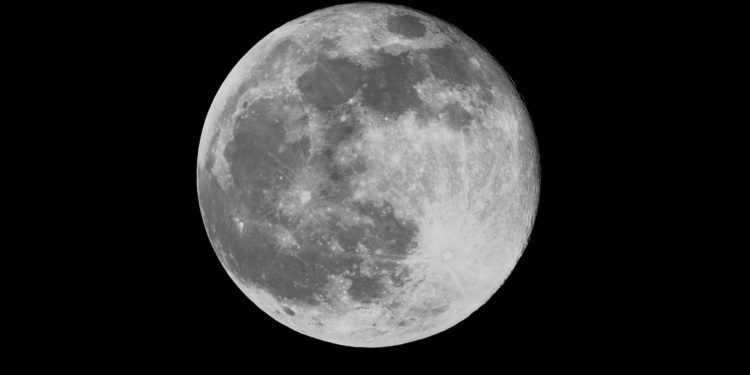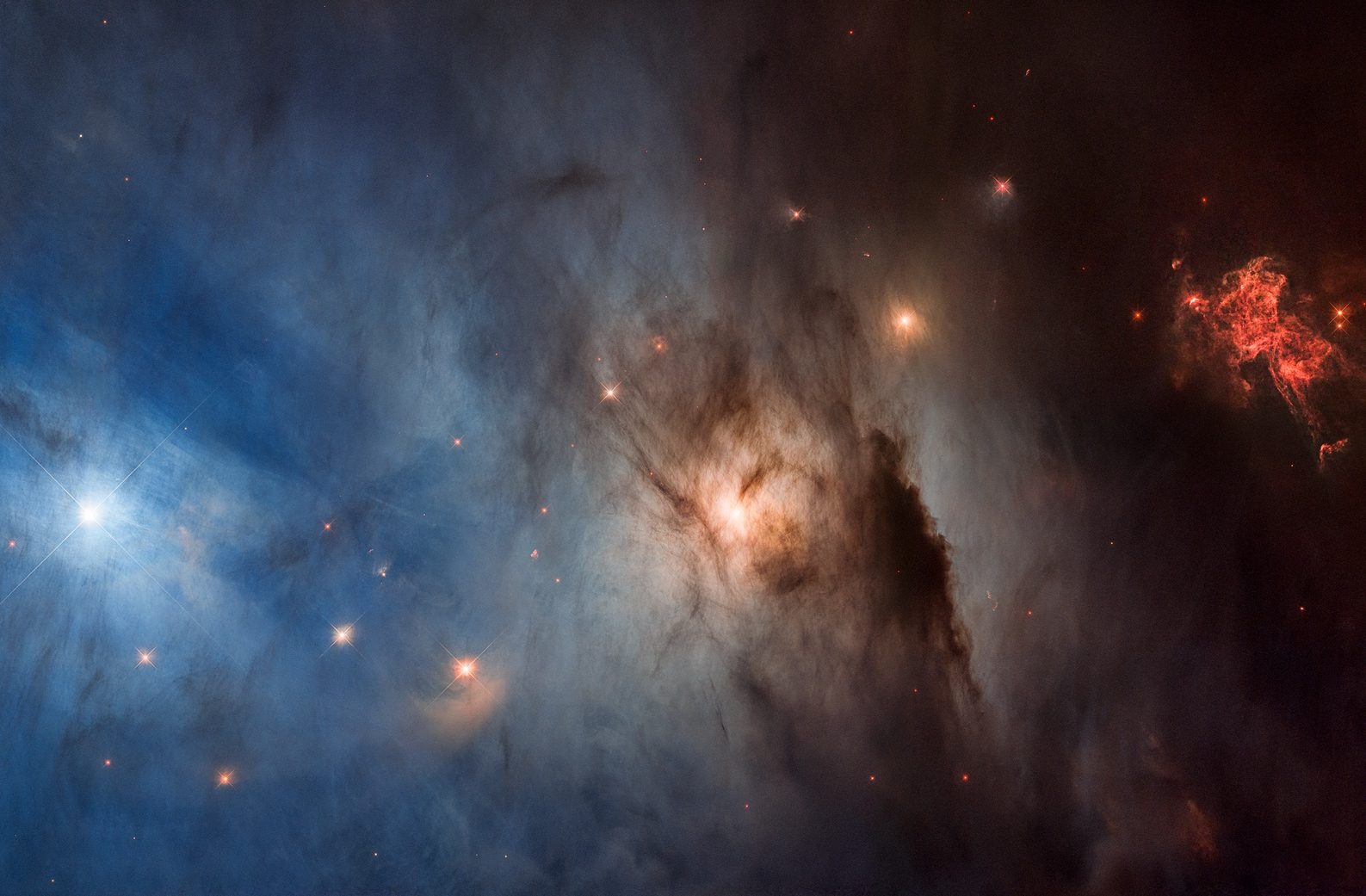For decades, the prevailing theory has been that the moon was born from the aftermath of a massive collision between a young Earth and another celestial object. This narrative solidified during the 1984 Kona Conference in Hawaii, has shaped lunar science for nearly 40 years. However, recent research from Penn State is now challenging that long-held belief, proposing a new possibility: the moon might not have formed from Earth at all but could have been captured during a close cosmic encounter.
A New Origin Story for the Moon
Back in the Apollo era, astronauts collected over 800 pounds of lunar rocks and soil, revealing a chemical composition strikingly similar to Earth’s. This led scientists to conclude that the moon formed from debris left over after a violent collision between Earth and a Mars-sized body. But two researchers from Penn State, Darren Williams and Michael Zugger, suggest there might be more to the story.
Their study, published in The Planetary Science Journal, introduces an alternative theory known as the binary-exchange capture model. According to this theory, Earth’s gravitational pull could have captured the moon as it passed by, separating it from a binary system—a pair of rocky objects orbiting one another. One of these objects was pulled into Earth’s orbit, eventually becoming our moon.
Evidence from Other Moons
This idea isn’t as far-fetched as it may seem. Similar events have occurred elsewhere in the solar system. Take Neptune’s largest moon, Triton, for instance. It’s widely believed that Triton didn’t form around Neptune but was captured from the Kuiper Belt—a region filled with icy objects, many of which are binaries. Triton’s unusual orbit, which goes against the direction of Neptune’s rotation and is significantly tilted, suggests that it didn’t originally belong to Neptune’s system.
The researchers argue that the moon’s current orbit around Earth also supports the capture theory. If the moon had formed from a planetary collision, it should orbit along Earth’s equator. Instead, it follows a tilted path, more aligned with the sun.
The Role of Tides and Time
When the moon was first captured, its orbit was likely elongated and unstable, resembling an ellipse. Over time, tidal forces between the Earth and moon caused the orbit to become more circular. This constant interaction continues today, slowly pushing the moon farther from Earth at a rate of about three centimeters per year. At the moment, the moon is roughly 239,000 miles away, and both the sun’s and Earth’s gravitational forces are competing for its attention.
According to Williams, these findings open up new questions about the moon’s origin. While the binary-exchange capture theory is compelling, it doesn’t provide a definitive answer. “No one knows for sure how the moon formed,” he said. “But this new perspective gives us another piece of the puzzle and a wealth of opportunities for further exploration.”
This fresh theory invites scientists to rethink what they know about the moon and its formation. The lunar surface, once thought to be the key to understanding Earth’s early history, may hold secrets about distant celestial encounters instead. As research continues, the moon’s mysterious past promises to keep captivating scientists and the public alike, challenging our understanding of Earth’s closest neighbor.
Join the Conversation!
Have something to share or discuss? Connect with us on Facebook and join like-minded explorers in our Telegram group. For the latest discoveries and insights, make sure to follow us on Google News. Passionate about history and knowledge? Be part of our exclusive community by visiting the Ancient Library’s Telegram group.











